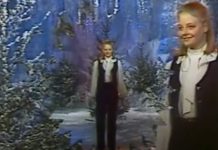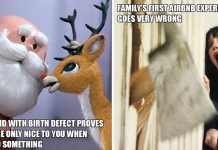Starting around 2009, a series of videos made the rounds on YouTube comparing similar (or pretty much exactly the same) animation sequences in various Disney films:
https://youtu.be/cmOo_pYMG1U
Many speculated on why they would do this, often coming to the conclusion that it was for time or budgetary reasons.
Disney animation always went to a great deal of trouble to give animated characters movement that felt real and natural, but without crossing into an uncanny valley. Disney was using live action footage as reference (similar to rotoscoping) as early as Snow White and the Seven Dwarfs:

They would often use the live action footage as a starting point, and then elaborate on it to give the character more life.
Even Cinderella used an incredible amount of live action footage as reference. But not for money reasons: the film ended up costing $3 million to make, at a time when the studio had suffered a series of box office failures. But Walt Disney wanted to recapture the grace and charm of Snow White, and Cinderella needed to be a compelling character.

This tradition continued in other films like Sleeping Beauty, Alice in Wonderland, and even The Little Mermaid:
https://youtu.be/f5BEKRtvKA0
As it turns out, the Disney animated features with the most egregious examples of “recycled” movement — The Jungle Book, Robin Hood, The Sword in the Stone, Winnie the Pooh, The Aristocats, 101 Dalmations — were all directed by Wolfgang “Woolie” Reitherman. In 2015, Jim McQuarrie at GeekDad interviewed Floyd Norman, an animation vet who worked on many of the films in question:
“That was Woolie Reitherman.” he said. “It’s actually harder and takes longer to redraw an existing sequence. It’s a lot faster and easier to just do new animation, and it’s a lot more fun for the animators. But Woolie liked to play it safe and use stuff he knew would work. That’s all it was.”





